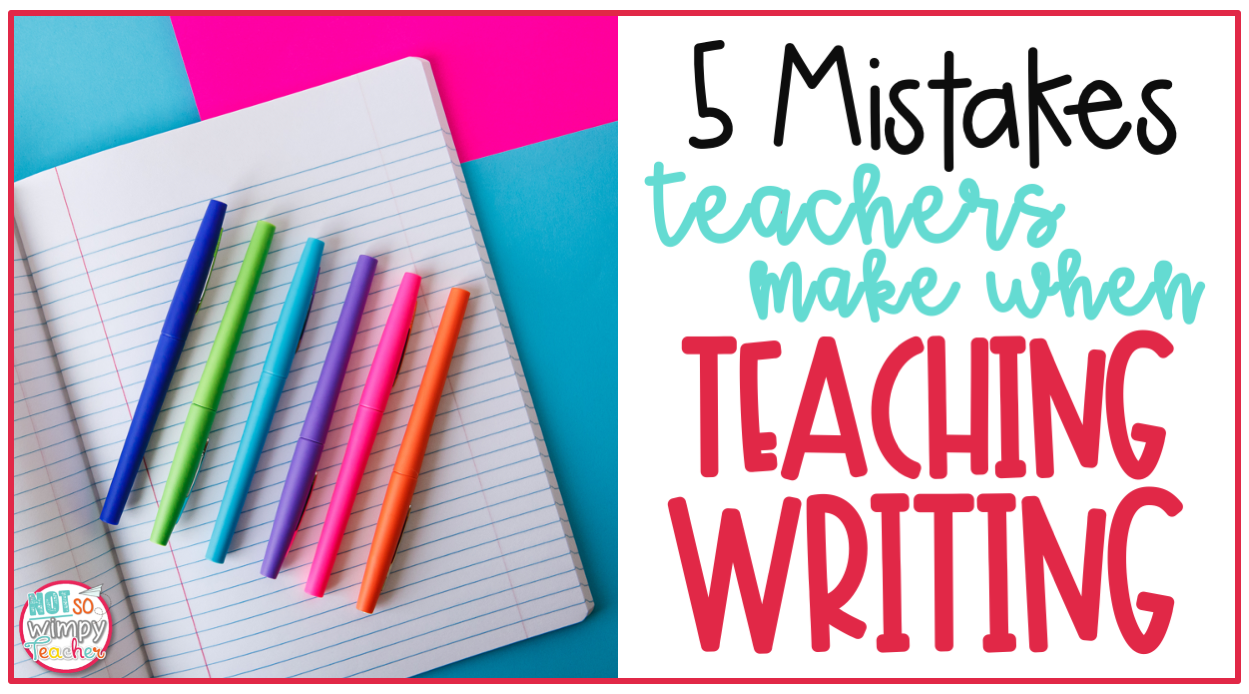
Teaching writing can be so tricky! Most of us never even took a class in college about how to teach writing. Many teachers are just winging it, and we are all doing the best that we can with the tools we have been given. It stands to reason that we are making a few mistakes. The good news is that these common mistakes in teaching writing are easy to correct!
Talk Too Much
Let’s be honest, as teachers we often have the tendency to talk too much. I think it’s in our blood. Maybe if we repeat ourselves one more time, they will finally get it…
The problem with talking too much during your writing lessons is that it generally eats into your students’ independent writing time. The more time you spend on the lesson, the less time they have to write. But the reality is that the more time students spend writing, the quicker they will become better writers.
Start practicing those mini lessons in the shower and while you are driving. As you practice, you start to get more effective and succinct.
Assign Journals, Projects, and Craftivities
“What is a fun writing project that I can do this week?”
This is a question that we see often in our Facebook groups. And we get it.
Writing projects and crafts make us feel like we have more control over what our students write. (And bonus – we can make a cute bulletin board from the finished products!)
But there are a couple of problems with telling our students what to write about…
First, when we use a project or prompt, we tend to teach students how to succeed in that specific writing piece. We might tell them exactly what each paragraph should look like or even brainstorm details to include. It makes that one piece of writing sound much better, but it often means that we aren’t spending as much time teaching the tools and strategies that writers need to improve future pieces on their own. We guide too much!
Second, giving writing prompts decreases our students’ love for writing. Everyone is more excited when they get to write about something that matters to them rather than something that matters to you. When they are excited, writers become more interested and motivated to improve their writing skills. They start grumbling less about having to write and begging for just a few more minutes to write!
Wait Too Long to Draft
We have the tendency to want to teach everything before asking students to apply. So, with writing, we want to teach them about leads, paragraphs, dialogue, adding details, and writing endings BEFORE they write their first story.
The problem?
Students get bored. It’s not fun to have to learn lots of lessons before getting a chance to give it a try. Imagine having to take weeks of driving classes before you ever got a chance to get behind the wheel. Snore fest!
Plus, students forget our amazing lessons because we aren’t giving them a chance to implement and practice.
The solution?
Spend a week planning and then let students do a draft. The draft won’t be great. It’s ok! After the draft has been written, spend LOTS of time revising that draft.
After they have a draft to work with, your mini lessons become so much more applicable.
Rush Through the Revision Process
I used to think that editing and revising were the same thing. I could not figure out why they were listed as two different steps in the writing process.
I hope I am not making a fool of myself by admitting this…
Revising is everything that we do to make our writing sound better. It’s making the lead more interesting. It’s adding more details and including dialogue. Revising is developing the characters and the setting, and it is adding examples to support our reasons.
Editing is everything we do to make our writing look better. It’s correcting spelling, grammar, punctuation and capitalization errors. More about editing in the next section…
Revising is the most important part of the writing process! And it can take weeks to teach and implement. But it is time very well spent.
Revising strategies are reflected in 80% of the points on most writing rubrics. That means we should spend 80% of our writing lessons teaching revision skills!
Don’t rush.
Edit Student Writing Until it is Perfect
When we look at students’ writing, the thing that stands out the most is the mechanics. As teachers, we instantly notice the spelling, capitalization, punctuation, and grammatical errors. It is like there is a spotlight shining on them.
And so what do we do? All too often, we grab a pen and start marking up the paper. We just want to help!
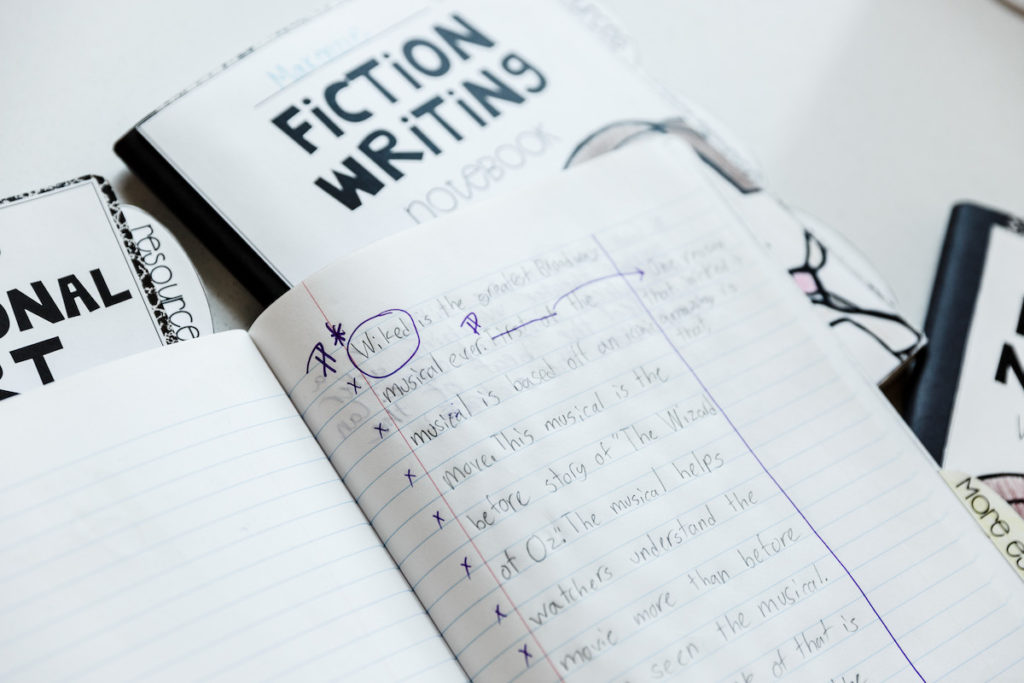
Watching their masterpiece get marked up is so discouraging for our writers! Just imagine if your principal started marking up the lesson plans that you spent hours poring over. It hurts! Our writers quickly become discouraged and see themselves as poor writers.
Writing is so much more than mechanics!!! You can be a best-selling author and still be a terrible speller.
Remember, they are just kids. They were just learning how to hold a pencil a few years ago. Look how far they have come! No, they are not perfect. But they shouldn’t be. They are new writers. As long as they are growing every year, we should celebrate.
I have been known to hang writing on the wall even though the final draft still has errors.
Work With Me
I used to make all these mistakes and more. But over time and lots of trial and error, I tweaked my writing instruction and developed a simple formula for teaching writing effectively.
And now, I want to share what I learned with you. I have created the Not So Wimpy Writing Masterclass, an online professional development course specifically for grades 2-5 to help teachers become more confident in teaching writing.
In the course, you will learn how to:
When you enroll in the Masterclass, you’ll learn tried and true strategies for how to teach writing, including how to:
- Teach writing in units
- Create manageable mini-lessons
- Keep students on task during independent writing time
- Implement a successful writing workshop without chaos and confusion
- Transform ALL your students into eager and excited writers who have the skills needed to perform well on standardized tests
This course is designed to help you become a more confident writing teacher. It will make teaching writing easier, more effective, and a heck of a lot more fun!
Enroll today and transform your writing instruction!
Registration for the Not So Wimpy Writing Masterclass is currently closed. Be sure to sign up for the Waitlist so you will be the first to know when we open it again. Sign up now so you don’t miss out!
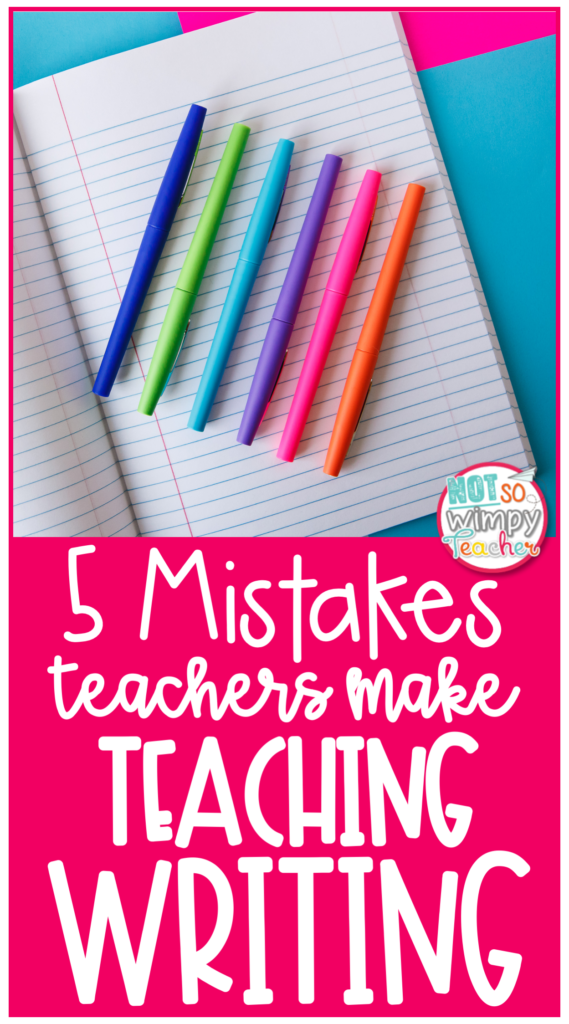
Have a Not So Wimpy Day,


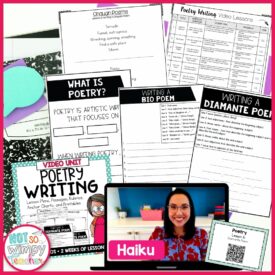





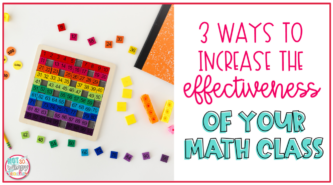











 End of Year Carnival Week for grades 2-5!
End of Year Carnival Week for grades 2-5!
Such a GREAT article. Any ideas for teaching kindergartners how to write?
I LOVE teaching the k kids how to write!
Hello! Is there a timeline for when the writing masterclass will be available again? Thanks!
I disagree. I’m currently in middle school and I don’t think most of these are mistakes. I think that editing should be done until perfect or nearly so. This is the entire point of writing at school. Teachers are paid to correct our work, so why shouldn’t they? Personally, the more comments I get on my writing, the happier I am, because it is helpful, especially if you put in a low grade without explanation. Also, I think lectures should be longer rather than shorter. A well-crafted speech is far more useful than diving in and writing.